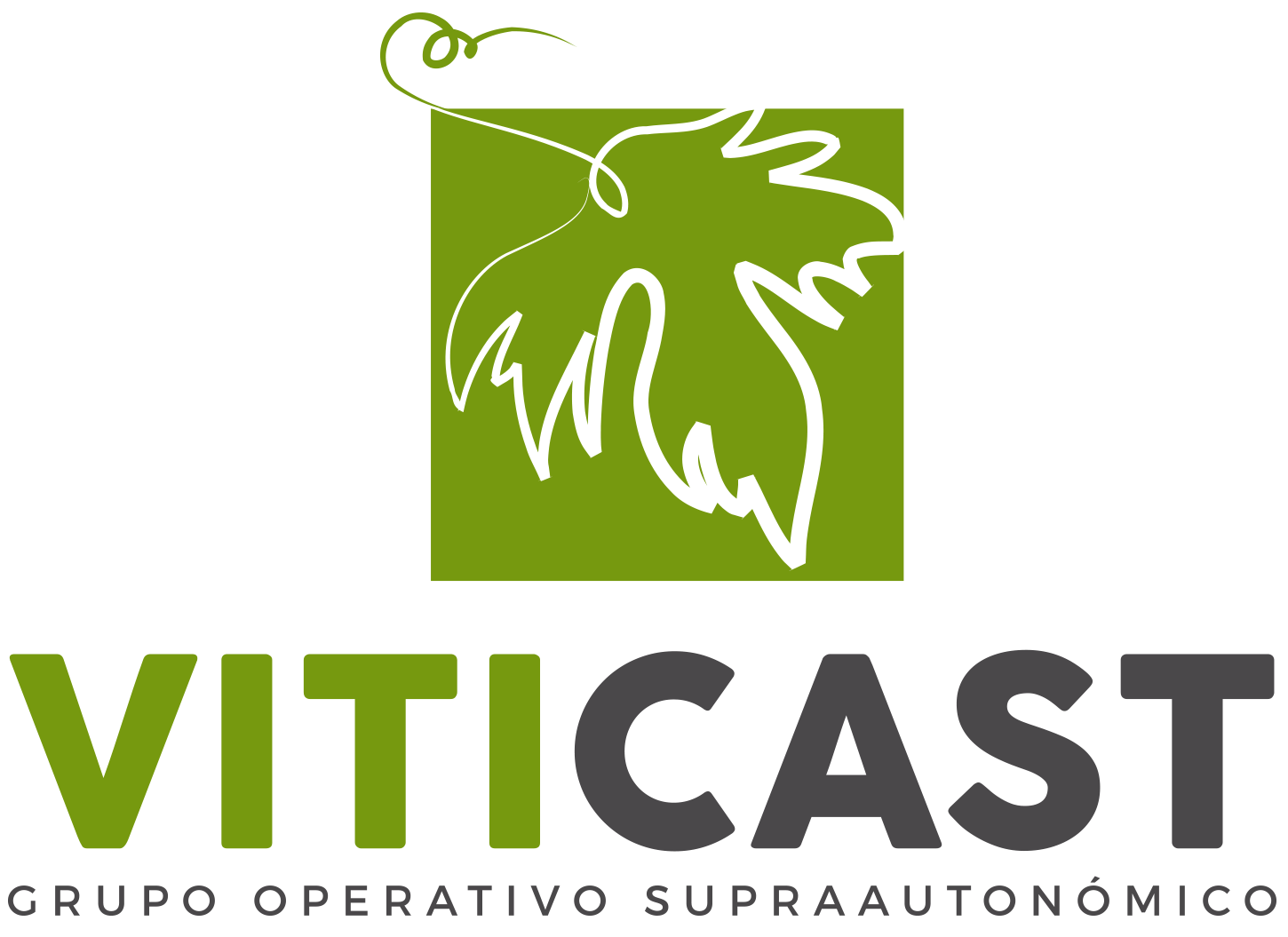OBJETIVOS
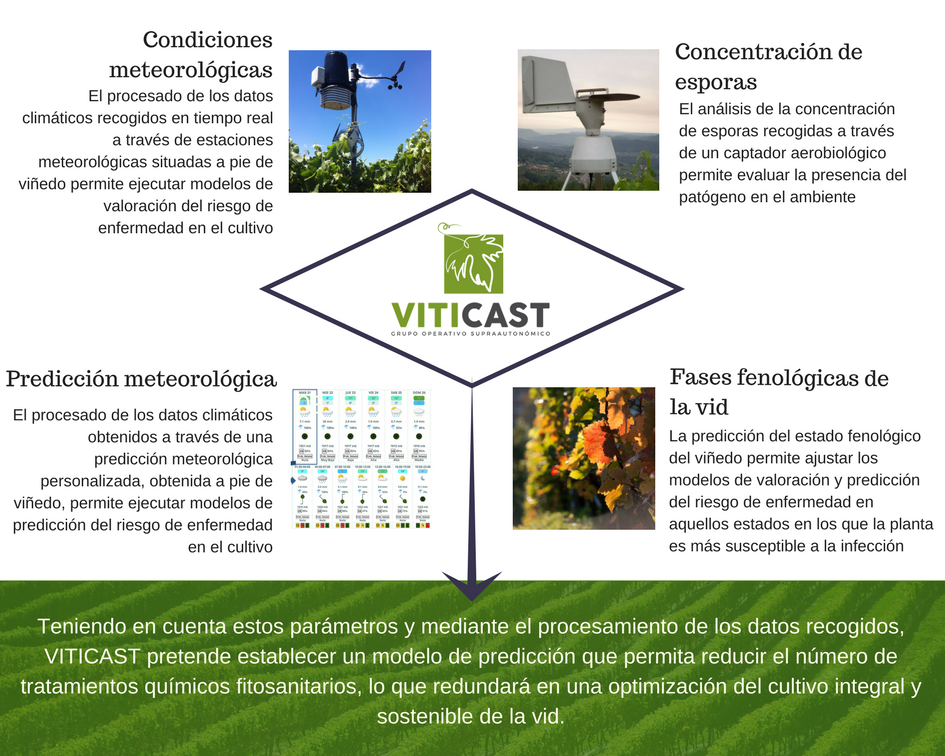
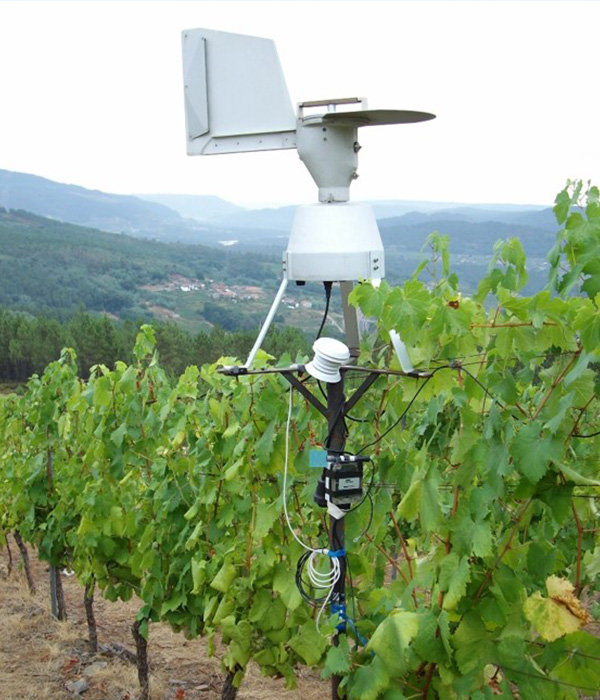
Captador de esporas
Para esto, se llevará a cabo el desarrollo de una herramienta de aviso de riesgo y se establecen los siguientes objetivos específicos:
Determinar el inicio de los diferentes estados fenológicos en las áreas estudiadas en función de variedad de uva, mediante observación en campo y modelos fenoclimáticos; las tendencias de los parámetros fenológicos serán evaluados para valorar el impacto de los diversos escenarios del cambio climático predichos por el IPCC sobre el cultivo de la vid.
Establecer modelos de predicción de la cantidad de esporas en la atmósfera del viñedo necesarias para que se produzca infección, determinar umbrales de riesgo en cada DO y estudio de sintomatología.
Desarrollar algoritmos específicos para cada DO con los datos meteorológicos registrados para identificar los momentos propicios de ataque de los hongos fitopatógenos.
Establecer en cada DO estudiada una estación de aviso de posibles infecciones para optimizar el cultivo integrado y sostenible de la vid, que combine los datos fenológicos (objetivo 1), predicción de la cantidad de esporas fúngicas necesarias para que se produzca infección (objetivo 2) y los algoritmos que permiten la predicción a partir de meteorología (objetivo 3).
Optimizar el número de tratamientos fitosanitarios en viticultura, lo que redundará en una reducción de costes de producción, un aumento de la calidad del vino y en una mejora protección del medio ambiente.
OBJECTIVES
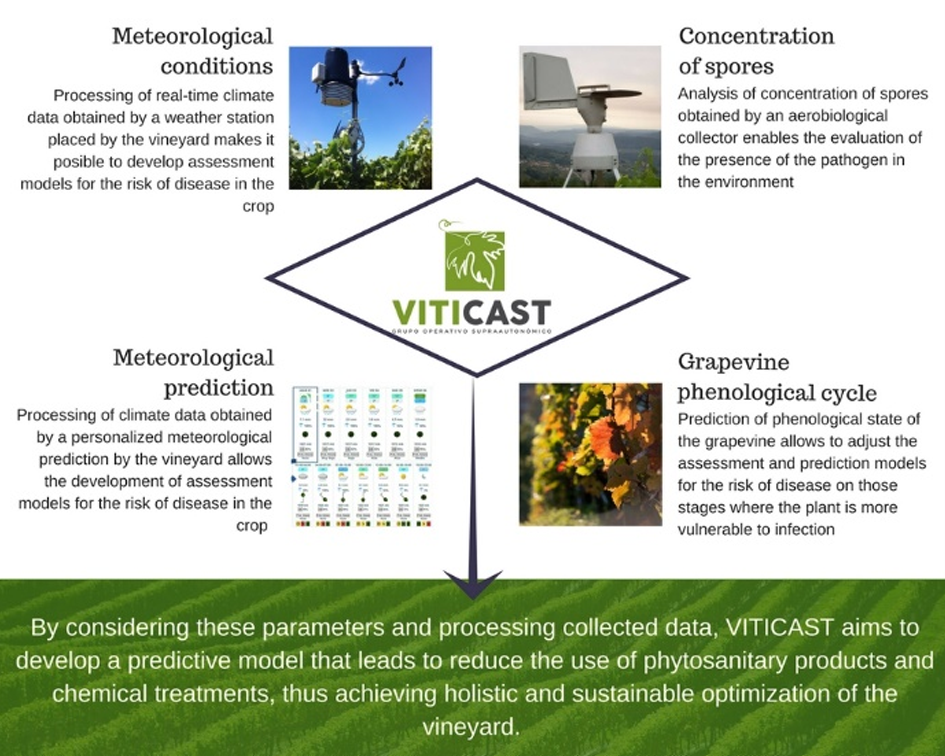
The general objective of the VITICAST project is to optimize the production and the sustainable development of grapevine cultivation in the most relevant bioclimatic regions in the Spanish north-west (vineyards under study are located within the Appellations of Origin: Rías Baixas, Ribeiro, Valdeorras and Ribera del Duero) through innovative solutions in the management of fungal diseases of higher incidence (downy mildew, powdery mildew and botrytis) in order to achieve:
– Improvement of wine quality
– Greater protection of the environment
– Optimization of production costs
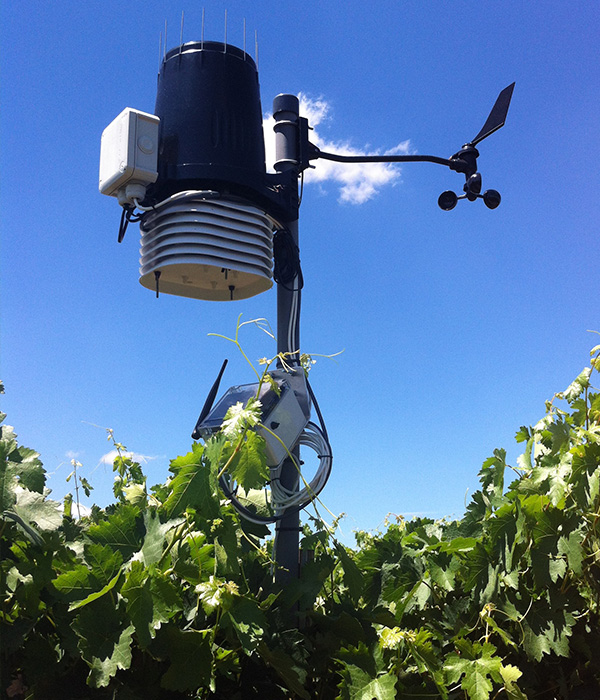
Estación meteorológica
For this, a warning tool for the forecasting of possible infections will be developed, and the following specific objectives are established:
To determine the start of the different phenological stages in the studied areas based on grape variety, through field observation and phenoclimatic models; the trends of the phenological parameters will be evaluated to assess the impact of the various climate change scenarios predicted by the IPCC on the vine cultivation.
To establish predictive models for the concentration of spores in the vineyard atmosphere necessary for the infection to occur, to determine risk thresholds in each Appellation of Origin and to evaluate the symptomatology.
To develop specific algorithms for each Appellation of Origin with the recorded meteorological data to identify the most likely periods of phytopathogenic fungi incidence.
To establish in each Appellation of Origin a warning tool for possible infections to optimize the integrated and sustainable cultivation of the vine, which combines phenological data (objective 1), prediction of spores concentration necessary for the infection to occur (objective 2) and the algorithms that allow prediction from meteorological information (objective 3).
To optimize the chemical phytosanitary treatments in viticulture, which will result in a reduction of production costs, an increase in the wine quality and an improved protection of the environment.
